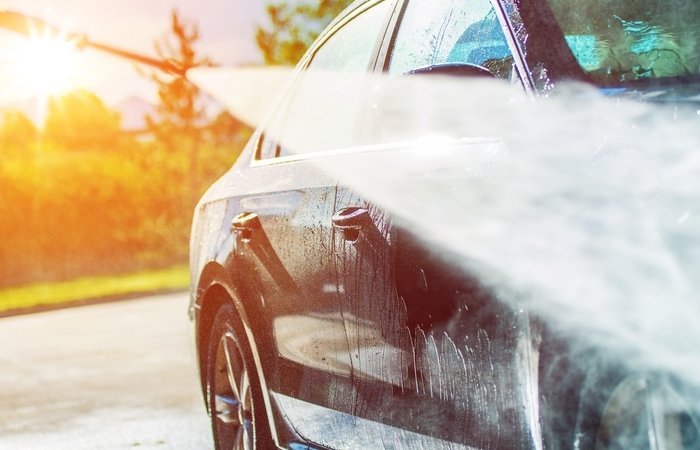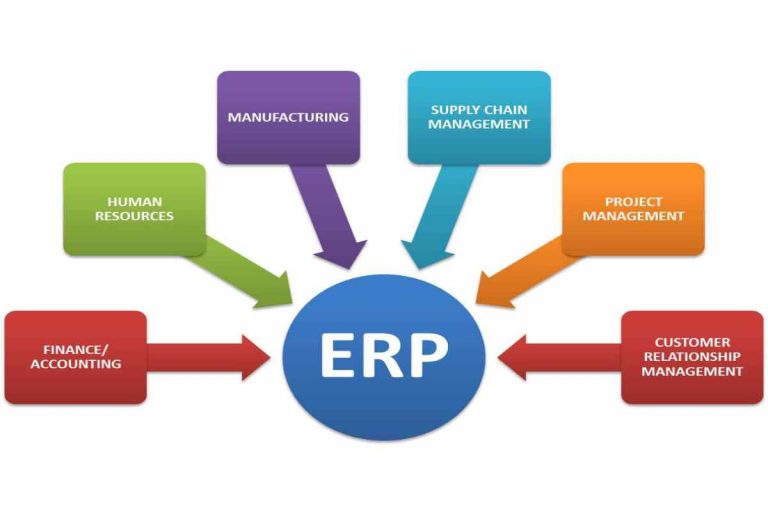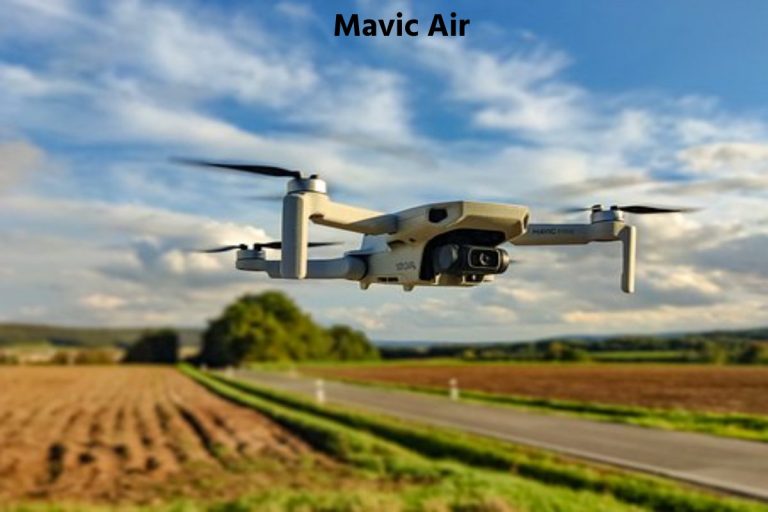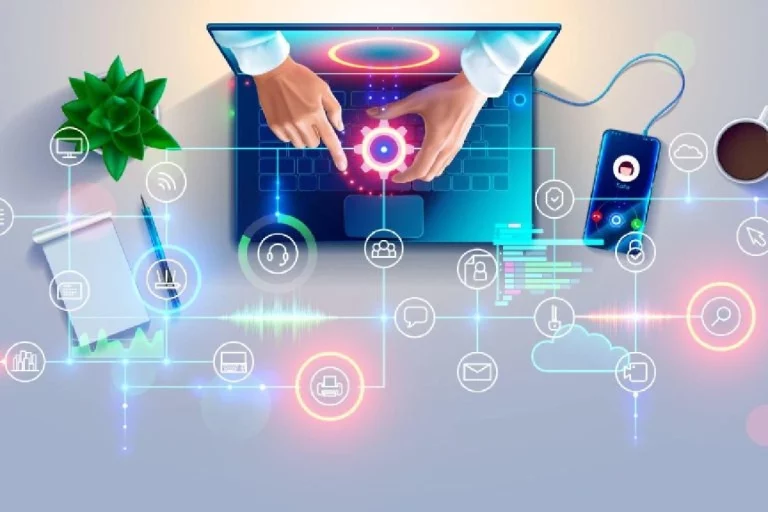In today’s fast-paced world, technology infiltrates nearly every facet of our lives, revolutionizing industries and simplifying tasks. It’s not just about self-driving cars and smart homes; even the seemingly mundane car cleaning equipment is undergoing a technological metamorphosis. This transformation is a subtle yet fascinating testament to the power of innovation, and tech-savvy professionals should take note.
Table of Contents
Automated Precision in Car Washing

Consider the latest advancements in car cleaning equipment. You drive into a modern car wash, and what happens next is a symphony of automation. Sensors detect your vehicle’s dimensions, tailoring the cleaning process with precision.
Behind this seemingly simple operation lies sophisticated software driven by machine learning algorithms. These systems adapt to different vehicle profiles, optimizing water and cleaning solution usage, thus conserving resources and costs.
This automation extends to the drying process, where high-efficiency blowers ensure a spotless finish. The result is not only a sparkling clean vehicle but also a remarkable reduction in water and energy waste. In our age of resource conservation, this is a significant step forward.
Internet of Things (IoT) Empowerment
If you’re a tech enthusiast or a car wash business owner, IoT integration will pique your interest. IoT connects car wash equipment to a network, enabling remote monitoring and management. Picture yourself, a car wash operator, checking equipment performance from your phone or computer, regardless of your location.
This technology doesn’t stop there; it predicts maintenance needs. The equipment proactively alerts operators when servicing is due, preventing sudden disruptions and ensuring uninterrupted service.
Embracing Sustainability
Tech-savvy individuals often prioritize environmental concerns, and the car wash industry is meeting those demands. New car cleaning equipment is designed with sustainability at its core. Water recycling systems have become the norm, substantially reducing water consumption.
Moreover, eco-conscious car washes use biodegradable cleaning products, reducing their impact on the environment. These solutions align with the eco-friendly values of many tech professionals.
In essence, these innovations support not only the efficient operation of car washes but also the reduction of their ecological footprint. Water recycling saves gallons of water per wash, while biodegradable products ensure that no harmful chemicals seep into the environment.
So, how does this relate back to car cleaning equipment? These technological innovations create opportunities for both car wash business owners and those who simply want a clean car.
For car wash business owners, these advancements enhance efficiency, reduce operating costs, and appeal to environmentally conscious customers. Tech-savvy professionals who wish to invest in or upgrade car cleaning equipment can look forward to a more eco-friendly and efficient car cleaning experience.
In summary, technology is transforming car cleaning equipment, benefiting car wash businesses and tech-savvy car owners alike. The evolution of automated systems, IoT integration, and a green focus have the potential to make car cleaning more efficient, environmentally friendly, and convenient.
Car Cleaning Equipment
Staying informed about the latest car wash industry trends and technologies ensures that your experience remains at the forefront of innovation, all while keeping AI detection at bay.
With these remarkable advancements, the world of car cleaning is evolving, and the future holds even more exciting possibilities. From innovative water-saving techniques to enhanced customer experiences through IoT, it’s clear that car cleaning equipment is keeping pace with the ever-changing tech landscape.
But what’s next on the horizon for car wash equipment? As technology continues to advance, we can expect even more advanced systems, increased automation, and a continued commitment to sustainability. So, whether you’re a car wash business owner seeking to stay competitive or a tech-savvy car owner looking for the latest in vehicle maintenance, the world of car cleaning equipment is set to be an intriguing journey.








